Ever wondered why some pieces of copy seem to just click with readers while others drown in the vast sea of digital noise?
It’s not magic – it’s copywriting research. And believe me, if there’s one thing that separates top-tier copywriters and marketers from the rest, it’s their obsession with getting their research spot on.
In fact, 85% of consumers say experience is just as important as product.
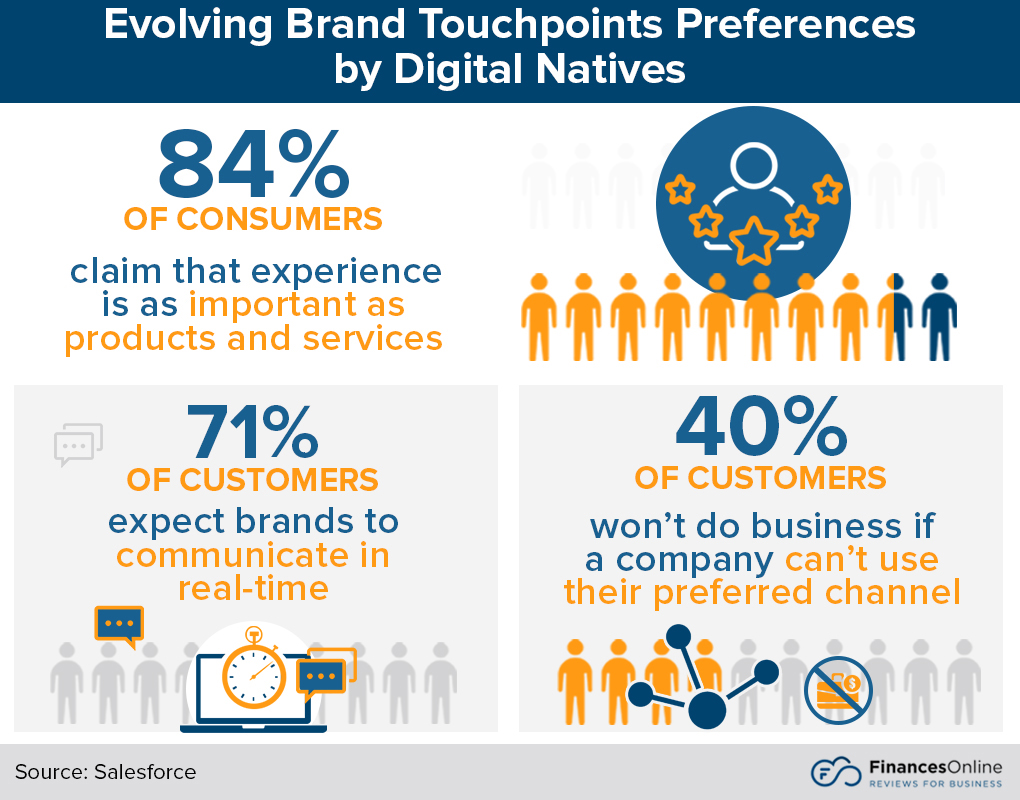
Mind-blowing, right? It all boils down to truly getting your audience, knowing the ins and outs of the product or service you’re selling, and a sprinkle of competitor spying.
But hold on. Before you start dreaming of those high conversion rates, it’s essential to dive deep into what makes copywriting research so critical.
Why Research is Essential For Copywriting
Have you ever spent hours writing sales copy, only to realize later that it sucks? Yep, we’ve all been there.
Here’s the idea, though: diving into copy without research is like trying to bake a cake without a recipe. You might get something edible, but would you bet on it being a showstopper? Probably not.
83% of marketers agree that quality is more important than quantity. But, you only achieve quality through research and preparation.
So, why’s research the bread and butter of killer copy?
- Understanding Your Audience’s Pulse: You wouldn’t talk to a beginner the same way you’d chat with a CEO, right? Research helps you tailor your message to resonate with your audience’s hopes, dreams, fears, and needs. It’s like a secret weapon to get inside their heads.
- Finding the Gold in Product Features: Your product might have the sleekest features in town. But if they’re not solving your audience’s problems, they’re just fancy add-ons. Research helps you hit those pain points and turn features into must-haves.
- Staying Two Steps Ahead of Competitors: Want to stand out in a saturated market? You’ve gotta know what your competitors are up to. A dash of competitor analysis will show you where there’s room to shine.
- Crafting Click-worthy Headlines: Ever heard the saying, “Eight out of 10 people will read your headline, but only two out of 10 will read the rest”? It’s a harsh truth. But with the right research, you can craft headlines that not only grab attention but also keep readers hooked.
- Avoiding Guesswork: Because who likes to shoot in the dark? With solid research, you’re basing decisions on facts, not hunches. It’s the difference between playing darts blindfolded and having a laser-focused aim.
Copywriting Research Template
Here’s a template you can use while doing your copywriting research.
1. Audience Deep Dive
- Demographics: Age, location, gender, income, and education.
- Psychographics: Interests, values, emotions, desires, and challenges.
- Behavioral Trends: Shopping habits, brand loyalties, and online behaviors.
2. Product/Service Analysis
- Features: The factual pieces of information about your product. I.e., colour, size, material, etc.
- Benefits: For each feature, answer this: “So what?” This helps elaborate on the deeper benefit of the product that the audience desires.
- USP (Unique Selling Proposition): In a world of endless choices, why should they pick you?
3. Competitor Recon
- Top 3 Competitors: Know them like the back of your hand.
- Strengths and Weaknesses: Where do they shine, and where do they trip?
- Opportunities: Spot gaps in their messaging or offerings? Note that down.
4. SEO & Keywords (Optional)
- Primary Keyword: Your main focus. Ideally, something with high search volume and low competition.
- Secondary Keywords: Supporting search terms. Sprinkle these throughout your copy.
5. Headline Crafting
- Brainstorm Session: Jot down 10-15 headlines.
- Test & Refine: Use tools like Buzzsumo or CoSchedule’s Headline Analyzer. Aim for that sweet spot between curiosity and clarity.
6. Social Proof & Testimonials
- List of Claims: Back up every claim with a study or piece of data.
- Testimonials & Reviews: Got happy customers? Show them off.
- Case Studies: Got a transformation story? Share the journey.
How to Research Your Target Audience
Let’s get real: If you don’t get your audience, your copy isn’t going to drive sales.
But dive deep into understanding your audience, and you’re on your way to crafting copy that resonates like crazy. Let’s break down the how-to of nailing your target audience research.
First things first, surveys. Sending a survey to your existing customers or potential audience is extremely effective. Ask the right questions, and they’ll hand you everything you need to know about what they want.
80% of marketers say surveys are a useful tactic for research.
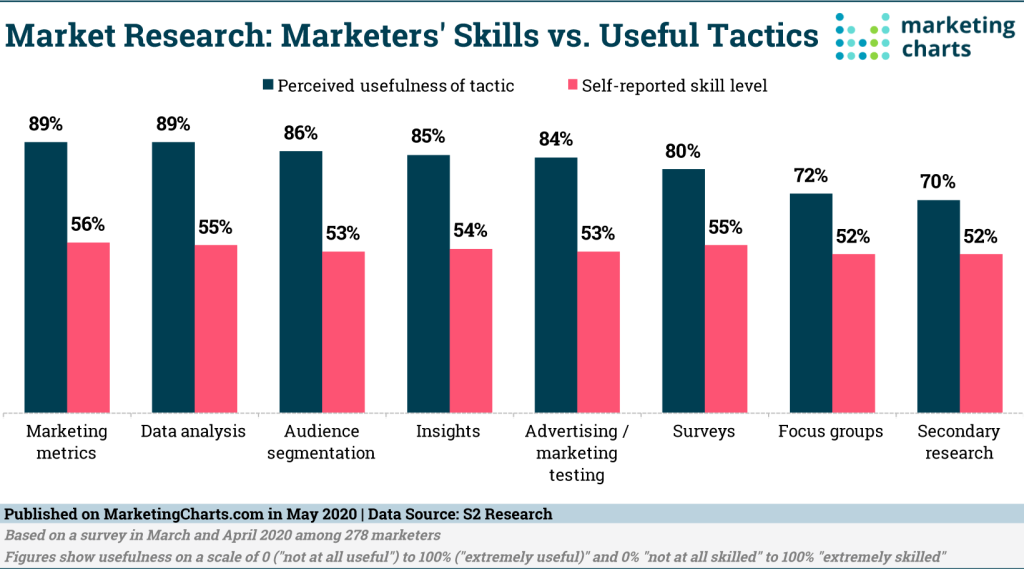
Next up, social media listening. Platforms like Twitter, Instagram, and Facebook are full of consumers’ opinions, wants, and needs.
Dive into comments, hashtags, and discussions. I also recommend visiting Reddit to find communities of people similar to your customers. Study any patterns or trends you find.
But hey, don’t just stop at digital. Old school still rocks. Face-to-face or virtual interviews can offer depth like nothing else. It’s all about that human touch. Engage in casual conversations, ask open-ended questions, and you’d be surprised at the gems you uncover.
Once you’ve got all this info, it’s time to craft a detailed sketch of your ideal customer. What do they like? Where do they hang out online? What are their pain points? Dive deep. The better you know this character, the more tailored and effective your copy will be.
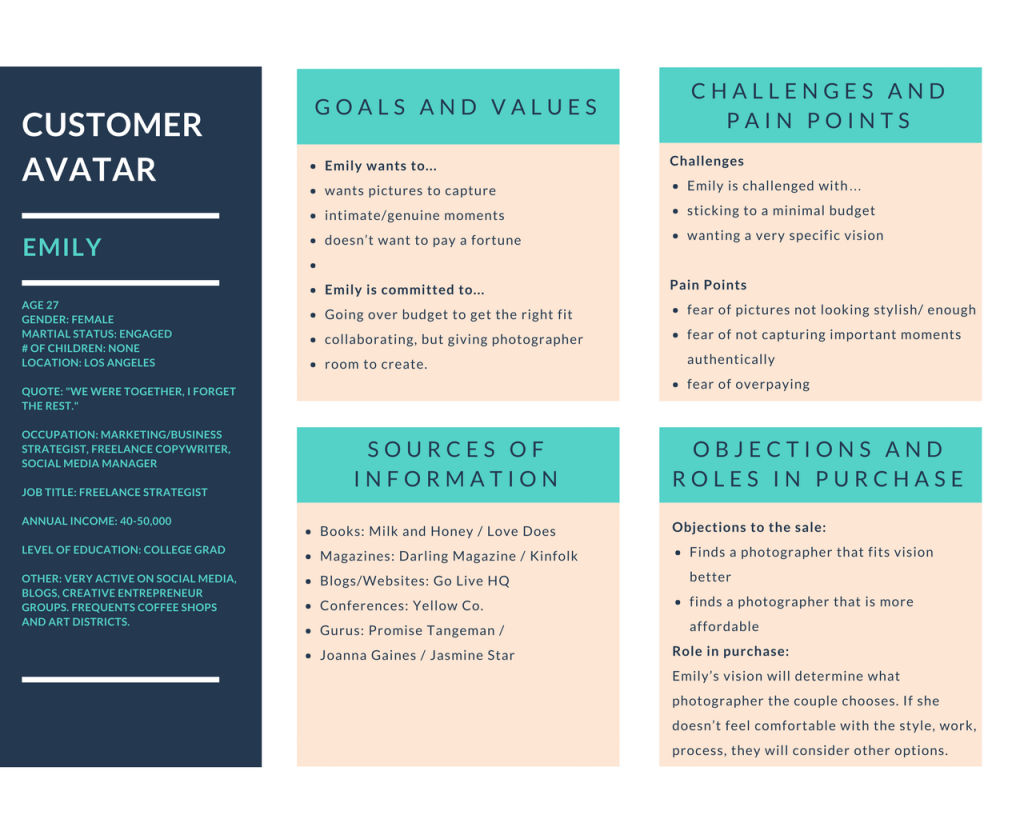
How to Research Your Competitors
In copywriting, knowing your audience is half the battle. To truly dominate, you’ve got to keep an eye on your competitors.
Start with a simple Google search. You’d be amazed at what this basic step can unveil. Type in your industry keywords or the product you’re selling.
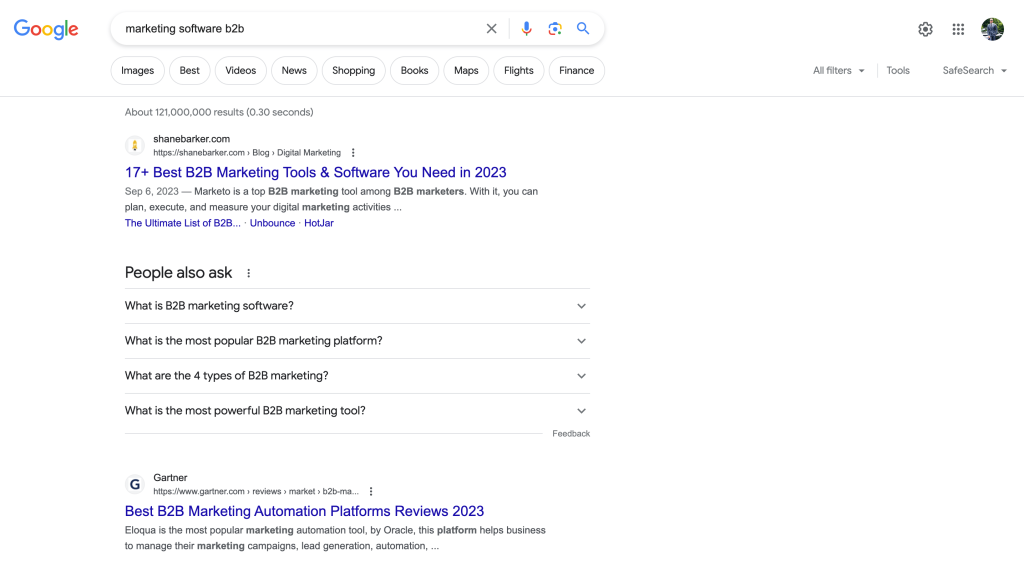
Who pops up? What are they saying? How are they saying it? Take notes. If your competitors are blogging, you better check out what topics they’re hitting. And if they aren’t? Well, hello opportunity!
Next, it’s time to get a little techy with SEO tools. Dive into tools like SEMrush. These bad boys will give you a peek into your competitors’ keyword strategies, backlinks, and top-ranking content.
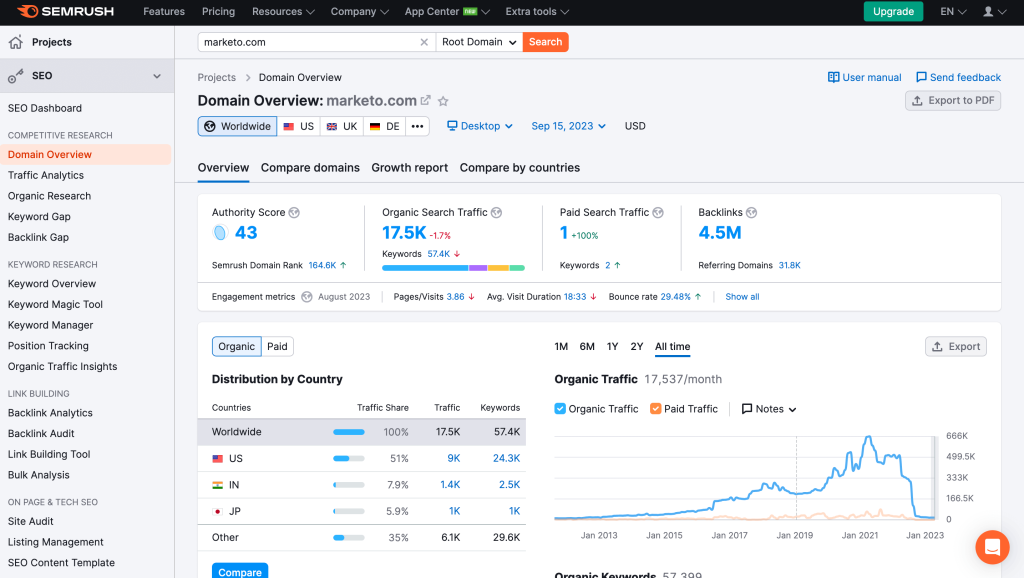
But hey, it’s not just about what they’re doing right. Spotting their gaps and weaknesses is pure gold. Maybe they’re neglecting a segment of the audience, or perhaps there’s a burning question they haven’t answered in their content.
Social media, don’t even get me started! Your competitors’ profiles are a goldmine. Engage with their content. See what’s getting likes, shares, and more importantly, what’s sparking conversations.
Lastly, become a customer. Yep, you heard me. Sign up for their newsletters, buy their product, or try their service. Nothing beats firsthand experience to understand their user journey, the strengths in their sales pitch, and where they might be dropping the ball.
Questions to Ask About Your Audience
Want to write sales copy that converts like crazy? It’s all about the questions you ask about your audience. The better your questions, the closer you get to the heart of who they really are. So, let’s break down the top questions to help you uncover the soul of your audience:
- Who are they? This isn’t just names and job titles. Dive into their age, location, gender, and even their hobbies.
- What keeps them up at night? What are their pain points, fears, and challenges? If you can touch on these in your copy, you’ve struck gold.
- Where do they hang out online? Are they scrolling through Instagram, diving into LinkedIn discussions, or maybe getting lost on YouTube? Find their digital playground, and you’ve found where to reach them.
- How do they describe their problems? This one’s crucial. The words and phrases they use can (and should!) be echoed back in your copy. It’s like speaking their language.
- Why should they trust you? What’s going to make them believe your brand is their knight in shining armor? Is it testimonials, case studies, or maybe those fancy industry awards?
- When are they most active and receptive? Pinpointing this can make your marketing efforts time-efficient. If they’re weekend browsers or lunch break shoppers, that’s your window!
- Which brands or influencers do they resonate with? This can give you a hint about their preferences, style, and values.
- What have they tried before and why didn’t it work? Learning about past purchases or brand interactions can clue you in on how to position your product as the better solution.
Questions to Ask About The Product/Offer
You know your audience and competitors, but there’s another star of the show – your product or offer. If you don’t get your product inside-out, your copy’s going to fall flat. Here’s what you need to research.
- What is it, really? Like, if you had to explain it to a 5-year-old, how would you break it down? The simpler, the better.
- Why did you create it? Every product has a story. Was there a gap in the market? A personal epiphany? Stories connect emotionally.
- What makes it stand out from the crowd? In a sea of sameness, what’s your unique selling proposition (USP)? Dive deep. If your product was in a lineup, why should they pick yours?
- How does it solve a real-world problem? If your product was a superhero, what would be its superpower? How is it saving the day for its users?
- Who is it not for? Yep, you read that right. Narrowing down and understanding who isn’t your target can help sharpen your copy’s focus.
- Where and how is it made? Ethical production? Sourced from organic materials? In today’s world, this matters. A lot.
- What feedback have you gotten? Real words from real users. If someone said it worked like magic, let that shine in your copy. Authenticity wins.
- Are there any potential objections or hurdles? Pricey? Needs technical know-how? Address these upfront. Tackling objections head-on in your copy builds trust.
- What’s the after-feel? Once they’ve used your product or service, how will they feel? Transformed? Relieved? Excited? Tap into that emotion.
Wrapping Up Copywriting Research
Never underestimate the power of research in the copywriting process. I’ve seen it again and again with my students. They struggle with writer’s block and being confident in their writing. When I ask if they have a research process, the answer is always a “No.”
Use the template I provided to research your audience, product, competitors, and offer. Take the time to understand these components and I guarantee you will 10x faster and produce better results.
Explore my copywriting courses if you want to learn more and get coaching from myself.














